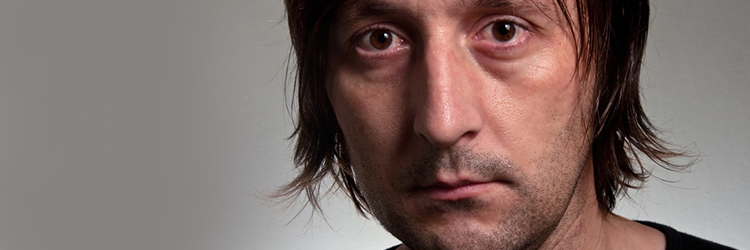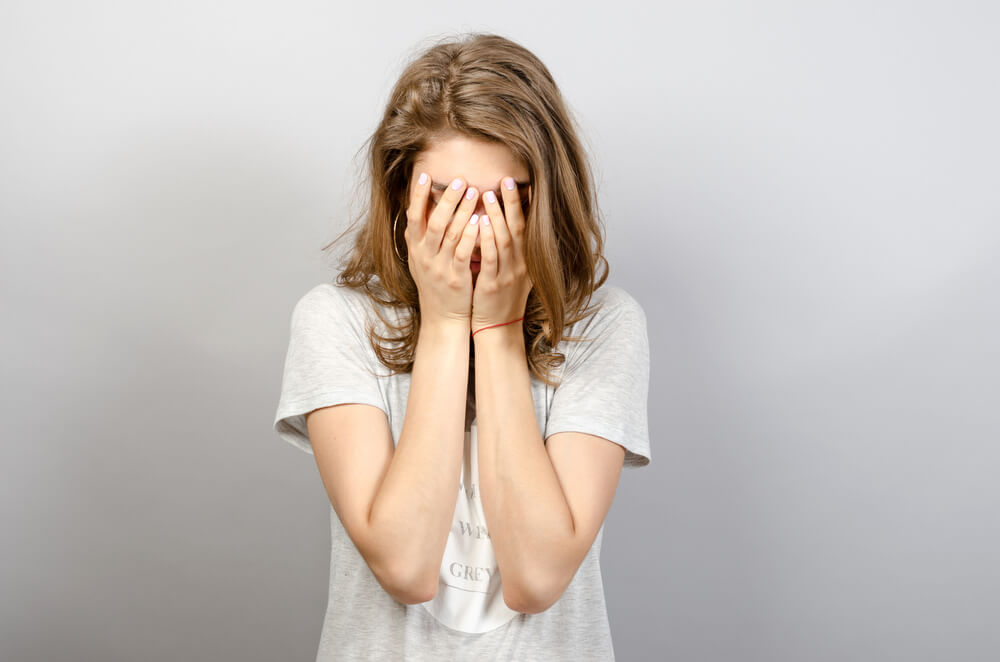Mild swelling and puffiness under the eyes is quite common with ageing. As you age, the tissues around the eyes become weaker, including the muscles that support your eyelids. Normal fat supporting the eyes moves into your lower eyelids, thus making the lids appear puffy and swollen. Fluid may also accumulate in your under-eye space, which adds to the swelling. In most cases, under-eye swelling is a cosmetic concern only and does not indicate any serious medical condition.
While a little swelling is normal and goes away on its own, factors like fatigue and ageing can make the condition more prominent. The tissues around your eyes may appear more swollen immediately after you wake up because the fluid may redistribute in the horizontal position.
Under-eye swelling may also be caused due to the following factors:
Retention of fluid: Certain conditions like pregnancy and menstruation may cause fluid retention in your subcutaneous tissues, due to which swelling around your eyes may become more prominent. More retention of fluid may take place if you keep your head raised in bed.
Sodium deficiency: Deficiency of sodium encourages retention of fluid in your skin, thus making your under-eye area look puffy and swollen.
Insufficient sleep: If you did not sleep properly in the night, you may have under-eye swelling in the morning. This kind of swelling usually goes away by getting enough sleep the next night.
Allergy: Certain allergic reactions may lead to leakage in your skin’s capillary beds, due to which you may experience swelling in your face and also under your eyes. It is important to stay away from the things that trigger your allergic reaction.
Tobacco and alcohol use: Things like tobacco and alcohol contain toxins that may make you stressed and fatigued. These may also bring some hormonal changes in your system, which may encourage fluid retention in your system. So, tobacco and alcohol use may also be a cause of under-eye swelling.
Ageing: As you grow older, your under-eye skin becomes thinner, and tends to droop or swell. In addition, the size of suborbicular oculi fat also increases gradually, due to which the overlying musculature becomes weaker. This leads to distention of the under-eye area, making it look swollen and tender.
Increased or decreased thyroid function: Puffiness on the face and around the eyes can also be caused because of infiltration with chondroitin sulphate and mucopolysaccharides hyaluronic acid. This pulls fluid into the area, causing your eyes to become swollen and puffy.
Periorbital cellulitis: This is an infection and inflammation of the eyelid, which also involves some skin portions around the eye. Your under-eye swelling can also be the result of this infection.
Now that you are aware of the many causes of under-eye swelling, you can identify your cause and work towards correcting it. Under-eye swelling can mar your entire appearance and make you look tired. So, identify your cause and get rid of your under-eye swelling by addressing the issue.















